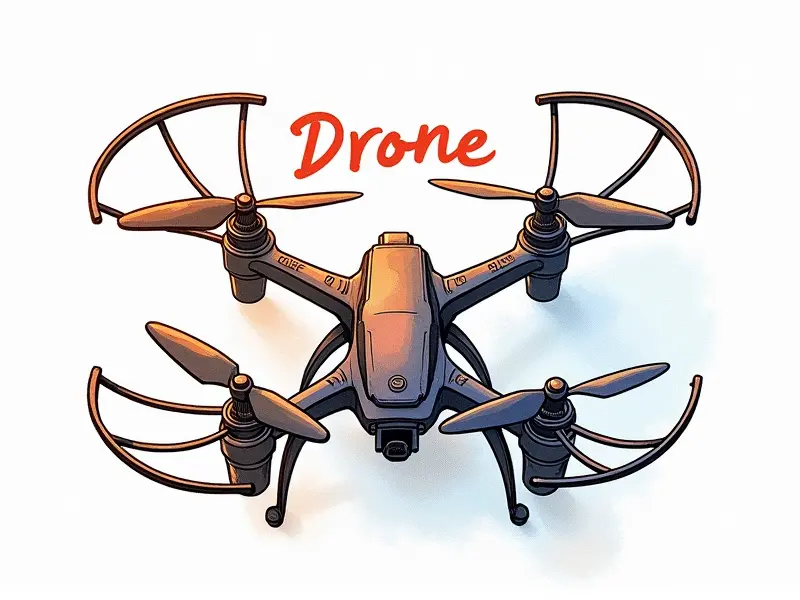Can I fly with Li-Po batteries?

Flying RC Drones with LiPo Batteries Safely
When it comes to flying remote control (RC) drones, the choice of battery can significantly impact your flight experience. Lithium Polymer (LiPo) batteries are a popular and powerful option for powering your drone due to their high energy density and lightweight nature. However, they also come with specific safety considerations that must be adhered to.
To ensure safe flying, it's crucial to understand the basics of LiPo battery management. This includes proper charging procedures, storage methods, and handling techniques to prevent potential hazards such as fires or explosions.
Maximizing Flight Time with LiPo Batteries
The primary goal for any RC pilot is to maximize flight time while maintaining optimal performance. LiPo batteries offer a high capacity-to-weight ratio, making them ideal for extended flights. However, achieving the best results requires careful selection and management of your battery.
- Capacity: Choose a battery with sufficient mAh (milliampere-hours) to match your drone's power requirements.
- Voltage: Ensure that the voltage rating matches or slightly exceeds your drone’s motor specifications for optimal performance.
- C Rating: The discharge rate of a LiPo battery is crucial. A higher C rating allows for more powerful and sustained flight operations, but it also means faster depletion.
Charging and Caring for LiPo Batteries
Maintaining your LiPo batteries properly is essential to prolong their lifespan and ensure safe operation. Here are some key practices:
- Balancing Charger: Use a balancing charger to maintain even charge levels across all cells within the battery pack.
- Storage Voltage: Store batteries at 3.8V per cell to prevent over-discharge and extend their life.
- Avoid Overcharging: Always use a quality charger with protection features to avoid damaging your batteries.
LiPo Battery Safety for RC Quadcopters
Flying quadcopters with LiPo batteries requires strict adherence to safety protocols. Here are some critical points to remember:
- Fire Extinguisher: Keep a fire extinguisher or sand nearby when charging or storing your batteries.
- Avoid Overheating: Monitor the temperature of your battery during use and charge cycles. High temperatures can indicate potential issues.
- Proper Ventilation: Charge LiPo batteries in a well-ventilated area to prevent gas buildup that could lead to an explosion.
Choosing the Right LiPo for Your Drone
Selecting the appropriate LiPo battery is crucial for optimal performance and safety. Consider these factors when choosing:
- Demand Analysis: Assess your drone’s power requirements based on its motor specifications, propeller size, and intended use.
- Battery Compatibility: Ensure the battery fits physically within your drone's frame without compromising aerodynamics or safety.
- Brand Quality: Opt for reputable brands known for producing reliable and durable LiPo batteries.
LiPo Battery Tips for RC Aircraft Pilots
RC aircraft pilots need to be particularly mindful of battery management due to the higher power demands. Here are some tips:
- Monitor Voltage: Regularly check your battery’s voltage during flights and after charging.
- Battery Health: Keep track of each battery's performance over time and replace those showing signs of degradation.
- Charge Cycle Management: Limit the number of charge cycles to extend battery life and maintain peak performance.
LiPo Batteries in FPV Racing Drones Explained
Flying drones equipped with First-Person View (FPV) systems demands high-performance batteries. LiPos are favored for their ability to deliver sustained power:
- Highest C Rating: Choose a battery with a high discharge rate to handle the intense power requirements of FPV racing.
- Balanced Charging: Use a balancing charger to ensure all cells are equally charged, preventing uneven wear and tear.
- Heat Management: Implement cooling solutions such as heat sinks or fans to manage the battery’s temperature during intense use.
The Best LiPo Batteries for RC Helicopters
RC helicopters have unique power demands due to their rotor systems. Here are some considerations when selecting a LiPo battery:
- High Discharge Rate: Opt for batteries with high C ratings to handle the constant draw from the main rotor.
- Battery Weight: Choose lighter batteries that do not compromise the helicopter’s balance and maneuverability.
- Voltage Stability: Ensure stable voltage output during flight to maintain consistent performance without sudden drops.
Understanding LiPo Safety for RC Flyers
Safety is paramount when dealing with LiPo batteries. Here are some key safety guidelines:
- Fireproof Bags: Store and transport your batteries in fire-resistant bags to contain any potential fires.
- Battery Inspections: Regularly inspect your batteries for signs of swelling, leakage, or damage before use.
- Emergency Procedures: Know what to do in case of a battery failure or overheating incident.
Optimal LiPo Use in RC Helicopters
To get the most out of your LiPo batteries for RC helicopters, follow these guidelines:
- Battery Capacity: Match the battery capacity to the power requirements of your helicopter.
- Voltage Monitoring: Keep a close eye on voltage levels during flight and charging cycles.
- Maintenance Routine: Develop a regular maintenance routine for checking and balancing batteries.
Safe LiPo Use in RC Airplanes
RC airplanes benefit greatly from the use of LiPo batteries, but safety must be prioritized. Here are some best practices:
- Battery Placement: Ensure proper placement within the aircraft to avoid interference with flight controls.
- Airflow Management: Allow for adequate airflow around the battery compartment during charging and storage.
- Regular Inspections: Conduct regular inspections of your batteries to ensure they are in good condition before each use.
Conclusion
Flying RC drones, quadcopters, helicopters, or airplanes with LiPo batteries requires a thorough understanding of battery management and safety protocols. By choosing the right battery, adhering to best practices, and maintaining your equipment properly, you can enjoy safe and efficient flights while maximizing the performance of your LiPo batteries.

